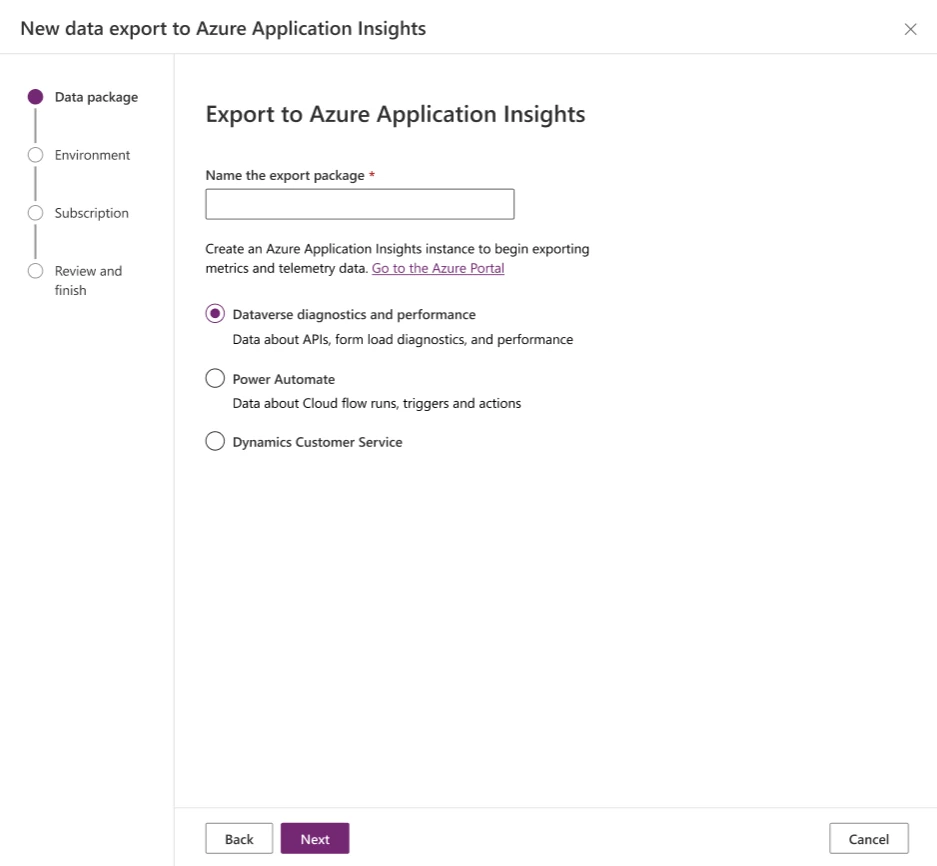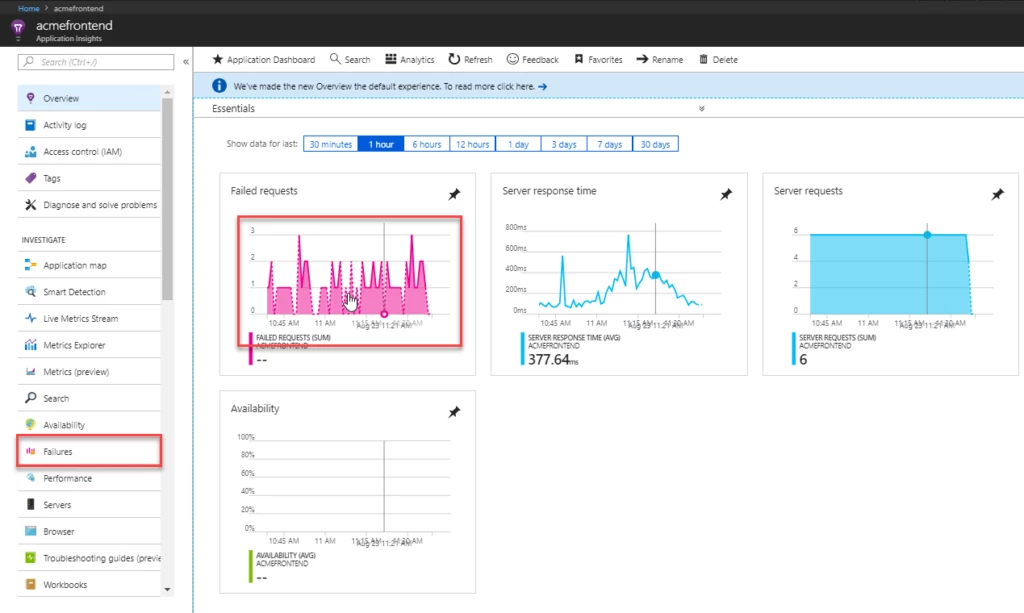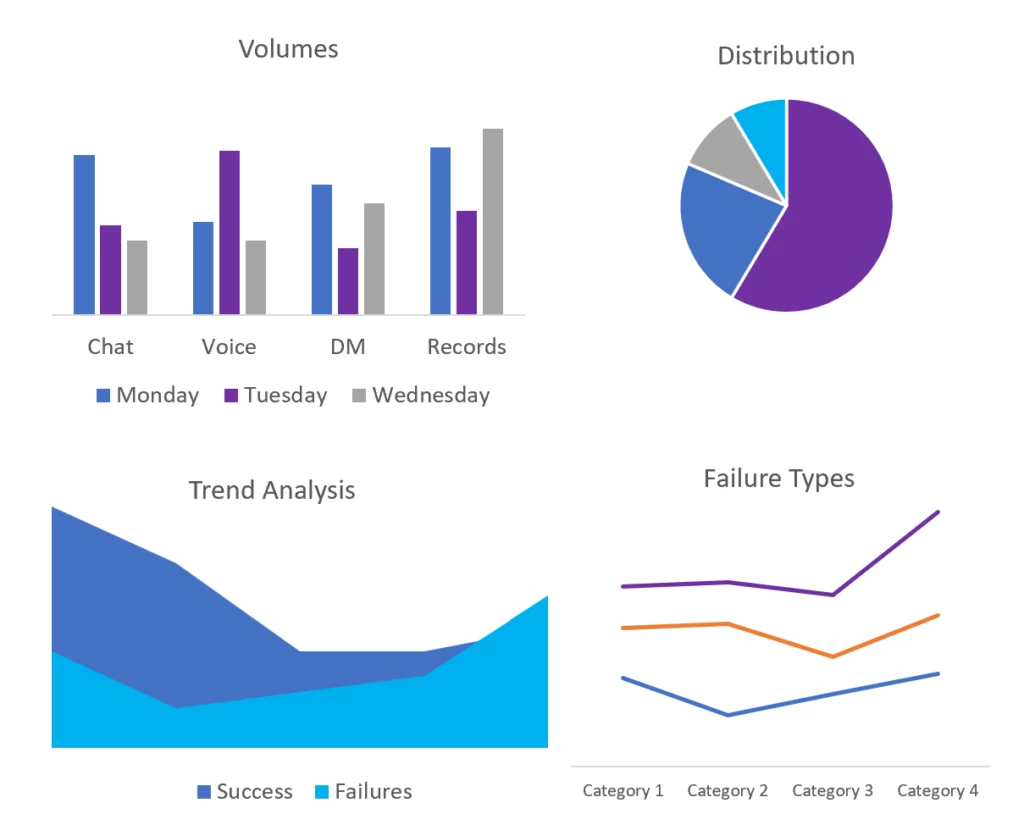This post was co-authored by Caroline Dent, Senior Solutions Consultant, Velrada.
Due to fierce competition and increasing customer expectations, many organizations are looking to transform their field service operations to increase customer satisfaction, drive greater efficiency, and ensure higher service effectiveness. Digital transformation for field service operations is often focused on providing modern tools for service dispatchers who manage customer requests and create and dispatch work orders. But what about the people on the frontlines—the service technicians in the field?
Consider a utility provider with field service technicians who may work in remote areas with low network coverage or sometimes brave challenging weather conditions to support customers experiencing outages. Like any other organization, that provider needs a solution that enables it to streamline field service operations as much as possible, not only for controlling costs but also for providing the best possible experience for its customers. But when bad weather hits, it also needs a solution that ensures its field support can be productive even in extreme conditions and from the most remote locations.
With Microsoft Dynamics 365 Field Service, organizations with service technicians on the frontlines can help maximize productivity with AI-driven assistance and remote expert support in the flow of work. And specifically for service technicians on the frontlines, Dynamics 365 Field Service offers a comprehensive Field Service mobile app for Windows, iOS, and Android devices that provides a set of digital capabilities that extend far beyond the traditional scheduling and dispatching of work orders.
Dynamics 365 Field Service
Transform your service operations
Implementing Field Service to optimize operations
As a long-term Microsoft global partner, Velrada has emerged as a pioneering force in implementing Dynamics 365 Field Service to empower frontline workers. With a rich history of innovation and a strong commitment to business transformation, Velrada has consistently demonstrated its expertise in implementing Dynamics 365 Field Service to help its customers optimize operations.
“The field service industry is undergoing a profound transformation, and at its forefront is the demand from our customers for innovative solutions that go beyond the scheduling and dispatching of jobs,”
David Conti, Product Director, Velrada
Let’s take a closer look at how organizations are empowering field service workers with more innovative solutions by deploying Dynamics 365 Field Service.
Empowering technicians with real-time information for better service
A primary benefit of Dynamics 365 Field Service is the Field Service mobile app, available on Windows, Android, and iOS devices. Service technicians can see their workdays at a glance in Microsoft Teams, including their latest work orders. They simply click on a work order to launch the Field Service mobile app, so they can view and update work orders, customer assets, accounts, and more, no matter where they are working—even in areas with limited connectivity. This means that even during the worst weather events, workers can get real-time dispatch updates from service agents that keep them informed about the latest outages and ready to tackle challenges regardless of the weather conditions.
Using the Field Service mobile app can also help organizations like the utility provider equip field technicians with digital workstations right on their mobile devices, so they can conduct digital inspections, manage forms, and complete service checklists—everything they were previously required to do on paper, often at the end of a long work day.
Enabling efficient on-site assessments
Using the Field Service mobile app, technicians can conduct on-site assessments with unmatched efficiency. They can capture photos, record notes, provide customers with immediate estimates, and even get their sign-off by capturing their digital signature in the app. This accelerates decision-making and facilitates faster service delivery, a crucial advantage in remote and challenging locations.
Ensuring seamless inventory management
Technicians can also easily access up-to-date inventory information on their devices. This eliminates the need for cumbersome manual inventory checks and reduces delays caused by missing parts because technicians can ensure they’re well-equipped for their service calls before they leave the service center.
Prioritizing safety and compliance
The Field Service mobile app incorporates safety checklists and real-time reporting, helping to ensure compliance with safety regulations. This not only upholds safety standards but also improves the well-being of service technicians who often work under hazardous conditions, such as near high-voltage transformers or natural gas compressors.
Revolutionizing service with Dynamics 365 Remote Assist and mixed reality
For many organizations, enabling service technicians on the frontlines with digital tools that help eliminate inefficient paper-based processes and ensure workers can be productive even in the most remote locations or extreme conditions is just the beginning. Conti says, “Our customers are constantly looking at ways to innovate, and our next step is to help them give technicians access to more than just transactional information by incorporating mixed reality on top of Field Service solutions.” Organizations using Dynamics 365 Field Service can also be integrated with Dynamics 365 Remote Assist on HoloLens, HoloLens 2, Android, or iOS devices to enable technicians to collaborate more efficiently by working together from different locations. This means service technicians can find and connect with technical experts working at other locations to share what they’re seeing, receive remote assistance, and quickly resolve customer issues. This is especially critical during outages that affect a large number of customers, but it can also help substantially reduce the need for on-site visits even for routine maintenance or smaller issues, resulting in improved first-time fix rates and elevated customer satisfaction. Using mixed reality in this way helps service technicians make well-informed, real-time decisions. In addition, Remote Assist call data can be securely stored in Microsoft Dataverse and accessed for future analytics on service performance.
In addition to Remote Assist, Dynamics 365 Field Service can also be integrated with Dynamics 365 Guides to attach mixed reality guides to Field Service tasks. This makes tasks like equipment maintenance more precise as service technicians can use mixed reality to overlay digital instructions onto physical machinery, which helps them perform field inspections and review the areas that require maintenance. ensuring efficient upkeep and field inspections are enhanced through annotated issue documentation, improving accuracy and record-keeping. In addition, technicians can benefit from immersive training experiences, reducing onboarding time and accelerating skill development.
Overall, the integration between Dynamics 365 Field Service, Dynamics 365 Remote Assist, Dynamics 365 Guides, and tools like HoloLens helps to elevate field service operations by enabling them to optimize processes and deliver unparalleled customer experiences in today’s dynamic business environment. They can empower technicians with immersive training experiences, precise equipment maintenance guidance, and real-time remote assistance. Field inspections become more accurate, data-driven decisions become the norm, and customer interactions reach new heights.
Next steps
Learn how Dynamics 365 Field Service can help you optimize your service operations and deliver exceptional service. And read how Copilot in Dynamics 365 Field Service can help you accelerate service delivery, boost technician productivity, and streamline work order management with next-generation AI.
The post Enable faster, more impactful frontline services with Microsoft Dynamics 365 Field Service appeared first on Microsoft Dynamics 365 Blog.
Brought to you by Dr. Ware, Microsoft Office 365 Silver Partner, Charleston SC.








Recent Comments